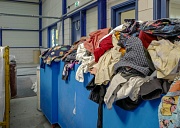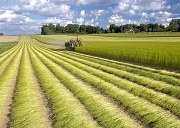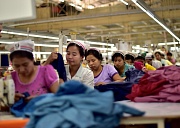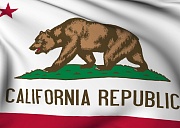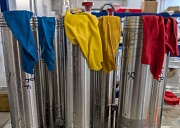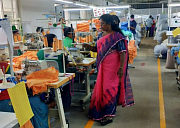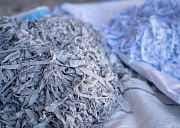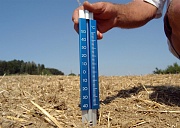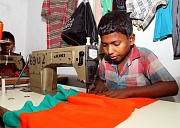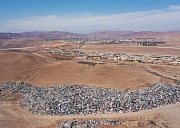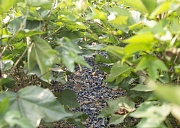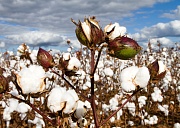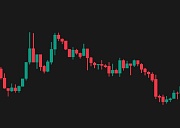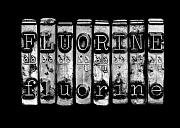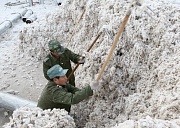So what's so wrong?
The International Standards Organisations (ISO) defines certification as “the provision by an independent body of written assurance (a certificate) that the product, service or system in question meets specific requirements”1. Certification bodies (CBs) are accredited by a nominally independent body. In organic, that’s IOAS (formerly, the International Organic Accreditation Service).
Audits are annual and pre-booked, albeit there also might be occasional random visits.
In organic cotton, there are farming standards, standards for movement through the supply chain, for processing, and so on. Most supply chains have multiple CBs at different stages, each with different traceability systems. The system is fragmented. There is no end-to-end tracing but instead movement and tracking of paper certificates (maybe scanned) between different supply chain elements.
Paper is fingered by most respondents as the problem. We’re not tracking product or process. There is no central repository of certificates (well, there is, IFOAM's BioC, but we’re not sure anyone in cotton uses it and BioC did not respond to our request for an interview). No one shares their data to allow others to check what goes in, and what comes out.
Data quality
As such, the system is ripe for exploitation, on top of multiple possibilities for data entry errors which no one checks either.
This is despite both Textile Exchange (TE) and Global Organic Textile Standard (GOTS) saying they are actively working on fraud prevention. Holger Stripf, head of marketing at GOTS, told us: “Seed cotton entering the GOTS supply chain is tested for the presence of genetically modified organisms.”
CBs were also required to test for pesticide residues based on risk assessment. Stripf also noted that GOTS required CBs to perform “a plausibility check in the form of volume reconciliation”. However, our own CB sources say they do not have insight into the actual or expected total volumes of organic cotton, so this is impossible.
Meanwhile TE told us: “Our standard requires certification bodies to record and verify the certified volume input and output for each transaction, considering acceptable production losses.
“We are also currently developing our Trackit traceability program for added oversight in the reconciliation of volume across certified supply chains.”
However, our sources report that no one is comparing or aggregating at present. Also, will Trackit be proprietary and compatible with other systems?











